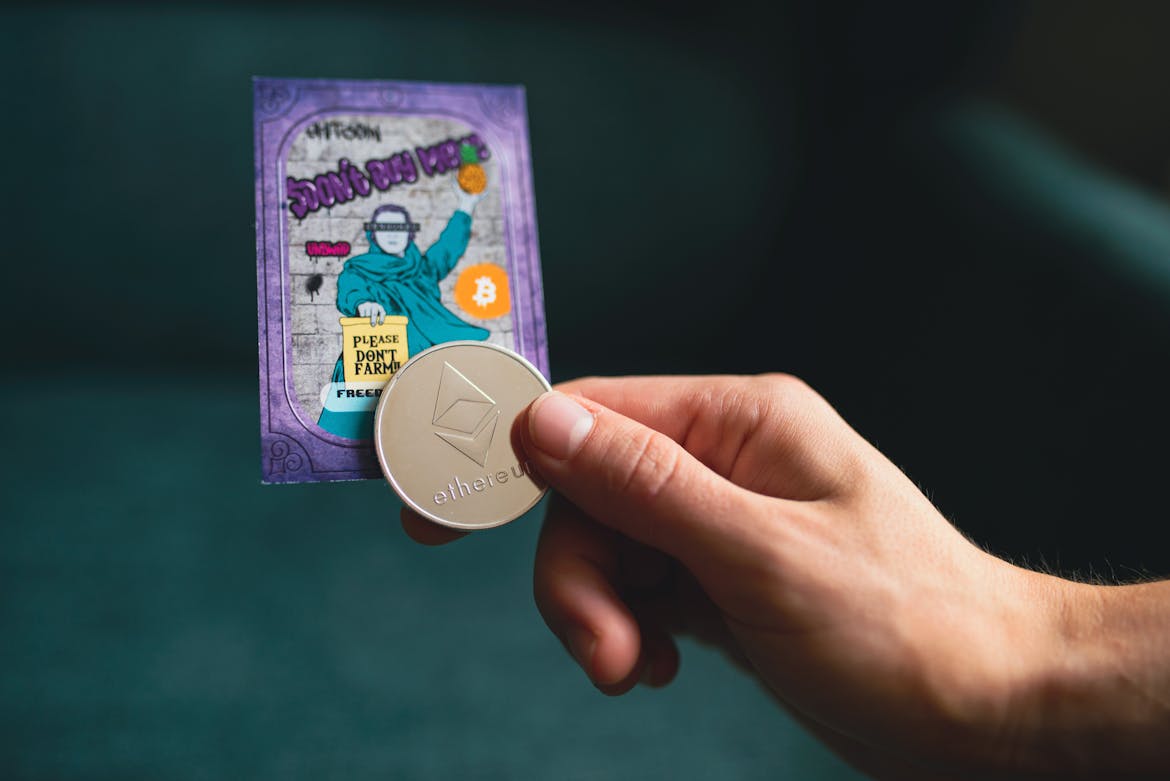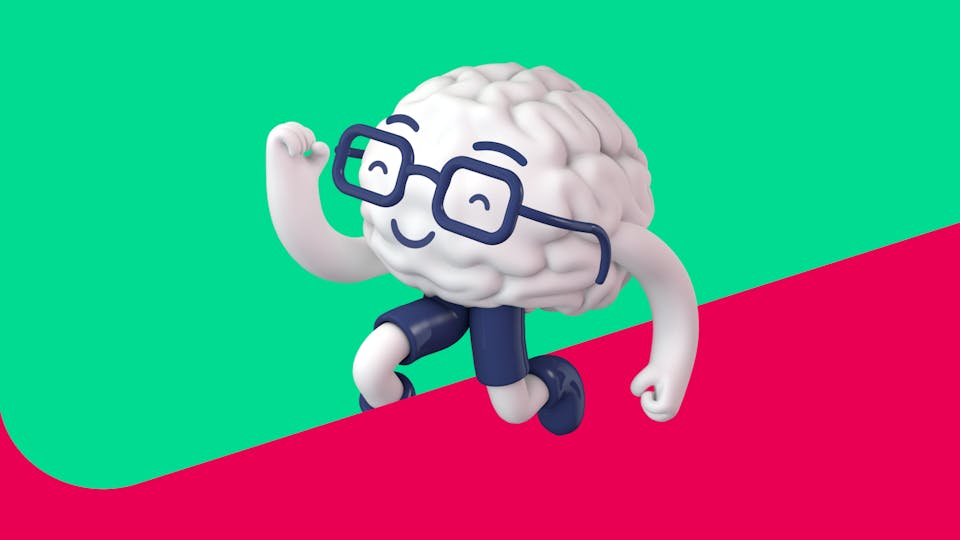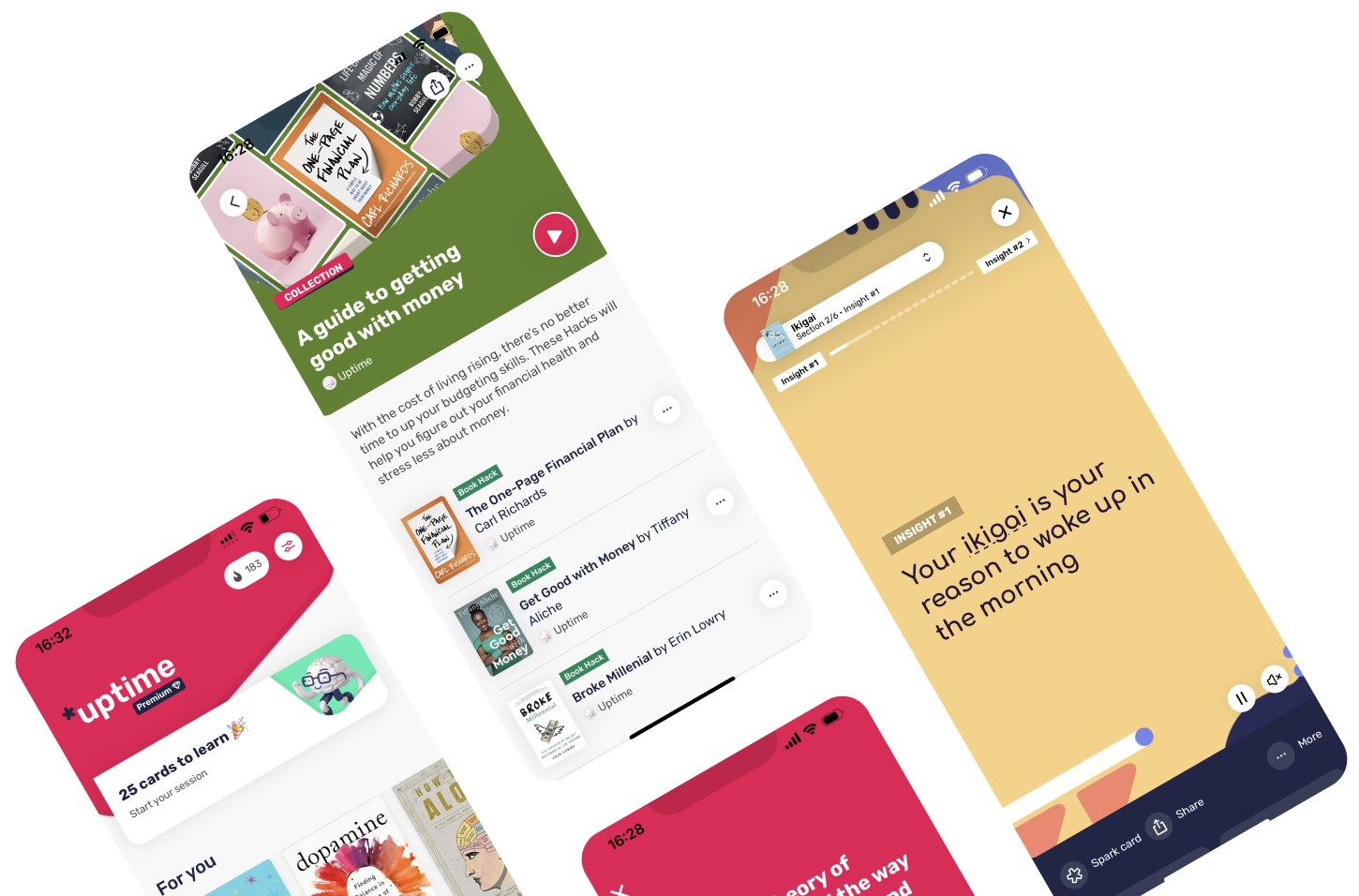January 04, 2022
What is an NFT? The Ultimate Guide to Non-Fungible Tokens
Keen to get into crypto, but unsure whether NFTs are for you? In this article, we give you the low-down on non-fungible tokens, including the art behind each token, how they can be traded on the online marketplace, and what the future holds.

Ever seen or heard mention of the word “NFT”, but not sure what it means? What it stands for? Is it expensive? All of this explained and more, thanks to these five-minute Knowledge Hacks we've handpicked from the thousands available on Uptime.
What does NFT stand for?
An NFT, or non-fungible token, is a way of buying unique ownership of digital items that you see online. It's a digital certificate signed and created by the author - like an autograph, you could say. Examples of NFTs include in-game items, domain names, digital collectibles, trading cards, a Nyan Cat GIF, or digital artwork (musician Grimes sold a digital art collection for a whopping $6 million.)
Which brings us to our next point: there's a lot of money in NFTs. Earlier this year, Youtube star Logan Paul hit the headlines for his NFT trading - $5 million’s worth, in fact. Jack Dorsey, the CEO of Twitter, put his first tweet ("just setting up my twttr") up for auction.
Why, exactly? The selling point of NFTs are the opportunity they provide for unique ownership (of digital items). You can keep track of who owns the files to these items using the blockchain.
Simply NFT - Christopher Perceptions
On Uptime
Christopher Perceptions describes NFT as the next big thing in the world of cryptocurrencies; in this course, he explains why.
 Once you put your music, or other forms of art, on the blockchain, which you can do as an entity, you never know. You could sell a million on the blockchain and that might rewrite some rules for how people are able to transact with music.
Once you put your music, or other forms of art, on the blockchain, which you can do as an entity, you never know. You could sell a million on the blockchain and that might rewrite some rules for how people are able to transact with music.Rewind just a few years, and society was unsure about cryptocurrencies: what they were, whether they were legitimate, and whether to invest in them. Today, with more available than ever before, it’s clear that crypto is not only a thing of the present, but something that we will take into the future, too.
NFTs, or non-fungible tokens, are particularly popular in the creative community: think artists, game developers, and musicians. Here are three of the key learnings we took from this course, so that you don’t have to.
- Firstly, NFTs aren’t interchangeable, hence the term ‘non-fungible.’ Fungible means something that is replaceable by another item, and is a particularly common term used in economics.
Unlike Bitcoin, which is fungible, NFTs are all unique. They correspond to a single copy of an artwork, like a picture, a photo, a song, and so on. This makes NFTs especially useful for artists who wish to distribute their artwork while maintaining ownership and the rights to it.
 If I send you an NFT and you send me an NFT, they will not be the same because of the unique coding, the unique underlying technology connected to that.
If I send you an NFT and you send me an NFT, they will not be the same because of the unique coding, the unique underlying technology connected to that.- Trading NFTs is a similar process to trading anything else, and occurs online. If you're wondering how to buy an NFT, it's often done through platforms such as OpenSea and Super Rare. It’s totally transparent, allowing users to see one another’s spending patterns.
- In order to interact with other NFT traders, Twitter is a great starting point. Visual artists might prefer to build a presence on Instagram, too, while audio producers might opt for Soundcloud, Discord, Reverbnation or Spotify.
Be aware, though, that there are malicious people out there, NFT or not, crypto or not. Take the necessary precautions, particularly around internet safety. Explore hardware wallets for optimal security (but that's for a separate article.)
To find out more, have a look at our Simply NFT summary on Uptime.
The Greatest NFT Film Ever Made - The Defiant
On Uptime
Next, we hacked a documentary that walks us through the basics of NFTs, courtesy of decentralised finance platform The Defiant and filmmaker Robin Schmidt. The film explores the advantages of NFTs: why we may want to consider paying for a digital token whose only function is to exist, and the role non-fungible tokens could play in a decentralised economy in the future.
One of the first examples of digital art sold via NFT was a CryptoPunk - an image measuring a measly 24x24 pixels. The most expensive sold for $1.6 million. Their value is partially thanks to the non-fungibility (clue is in the name). Again, there is no way of copying an artwork because the blockchain technology is unique to each piece.
 NFTs are unique, they’re digital objects but yet they have a consensus value and so I think that’s actually an extremely important new feature in the digital landscape, and one that’s going to power a very large quotient of the way that we inhabit virtual realities.
NFTs are unique, they’re digital objects but yet they have a consensus value and so I think that’s actually an extremely important new feature in the digital landscape, and one that’s going to power a very large quotient of the way that we inhabit virtual realities.- Zemm, crypto artist
While physical objects - cars, computers, phones - have value because of their usefulness, other things like gold and some government-issued currency have a value because people have agreed that they have value. NFTs are similar to the latter, in that the NFT community places a value on each token.
Traditionally, when we may have purchased or commissioned a piece of art, we would have had it framed and put on display. This doesn’t happen so much with NFTs, because each artwork predominantly resides in cyberspace. But that doesn’t mean we can’t view and appreciate what's behind a token.
Virtual reality, or VR, platforms, allow us to experience this in near reality. Platforms like Decentraland, Cryptovoxel, and Somnium allow users to buy and develop virtual space as they please, and as such, NFT artwork is steadily finding its home here.
Deciding to showcase your artwork in a virtual space comes with security benefits, too. A high-value physical location is likely to get broken into, vandalised, and stolen. Having a unique space in the world of VR combats this.
To unpack these lessons in detail, you can check out our summary of The Greatest NFT Film Ever Made on Uptime.
Conclusion
For those out of the loop, NFTs are a mind-boggling notion. Even cryptocurrencies can be hard to understand.
To cap today’s insights:
- NFT stands for non-fungible token, and is a cryptocurrency developed to be unique to individual pieces of art.
- Trading NFTs is similar to cryptocurrencies, but each artwork can be guaranteed to be the original thanks to the blockchain technology that underpins the coding.
- Remember, as always, to practice good internet safety when trading NFTs.
Moving forward, we are likely to see NFTs and other cryptocurrencies link more closely with virtual reality as an internet-based, decentralised world.
If you want to learn more about any of the topics we’ve touched on today, including cryptocurrency, Bitcoin, and virtual reality, download Uptime and begin your journey of countless five-minute book, film and course hacks.
Recommended















